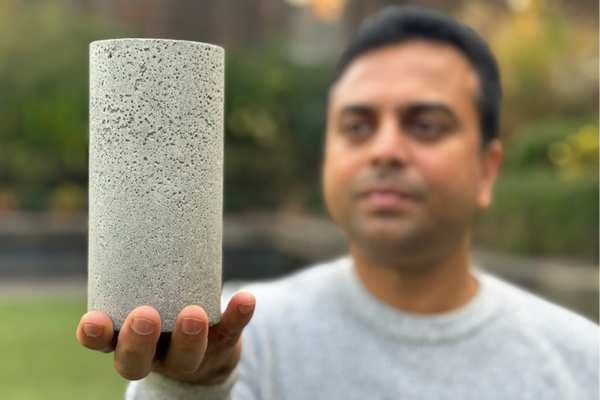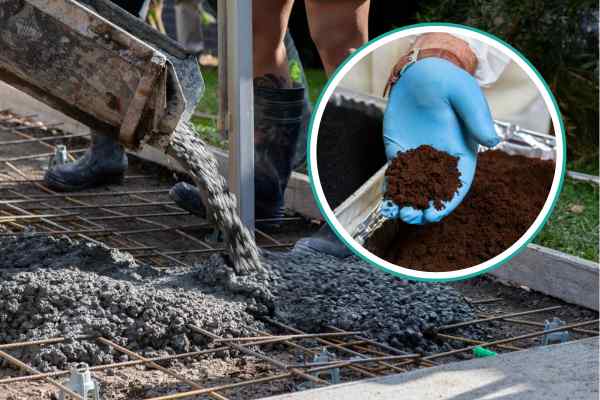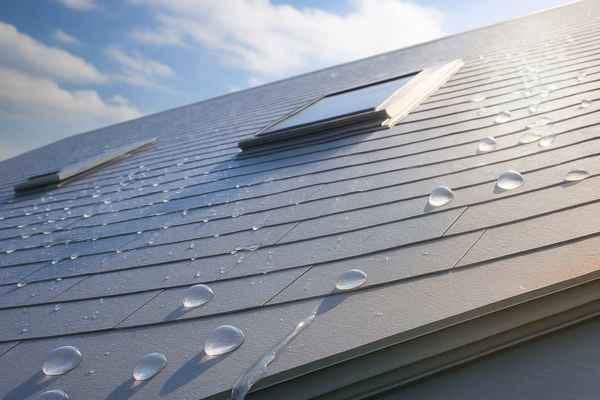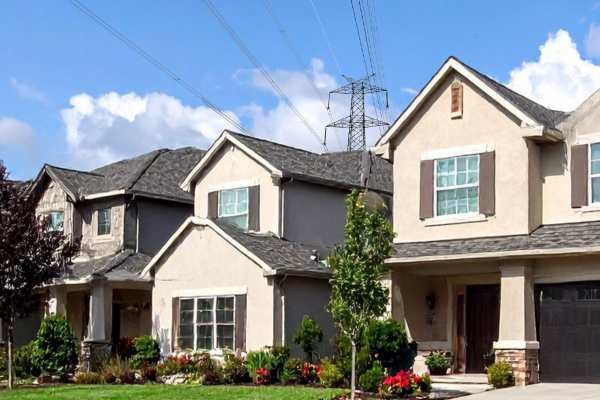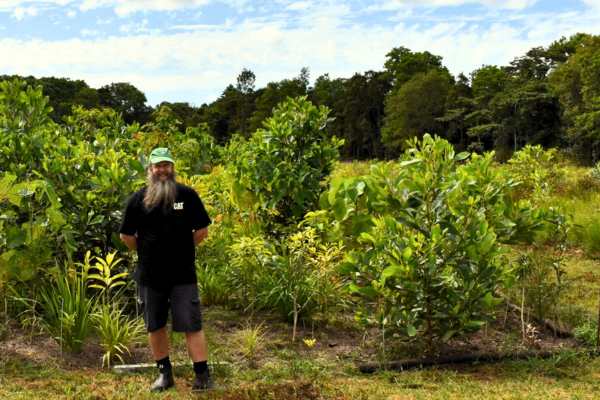Building blocks of change
Australian innovators are turning cardboard, earth and hemp into the next generation of low-carbon building materials.

As Australia looks for ways to decarbonise its built environment and reduce barriers to home ownership, two homegrown solutions are showing credible paths beyond concrete.
At RMIT University in Melbourne, engineers have spent two years creating a novel material using just cardboard, water and soil which they say is strong enough for use in low-rise housing.
The material, known as cardboard-confined rammed earth, slashes the carbon footprint to a quarter of concrete at one third of the cost, according to the researchers.
“The results reveal that rammed earth core significantly enhances the structural performance of cardboard by more than tenfold, surpassing the strength of widely used cement-stabilised rammed earth,” they wrote in a recently published paper in the engineering journal Structures.
“The CCRE not only offers substantial reductions in carbon emissions but also provides competitive life cycle costs, making it an appealing solution for sustainable low-rise building applications.”
The cement industry continues to account for roughly 8% of global greenhouse gas emissions, according to lead author Dr Jiaming Ma, making low-carbon alternatives for housing and construction necessary.
“By simply using cardboard, soil and water, we can make walls robust enough to support low-rise buildings.”
Unlike traditional rammed earth, which typically requires cement to improve strength, RMIT’s system (pictured below) relies on cardboard tubes as formwork. This means builders need only transport lightweight cardboard, potentially sourcing the remaining materials on-site.
The RMIT innovation draws inspiration from the global revival of rammed-earth construction, according to Ma, as well structures such as New Zealand’s Cardboard Cathedral designed by Shigeru Ban.
“By simply using cardboard, soil and water, we can make walls robust enough to support low-rise buildings,” Ma said. “It also reflects the global revival of earth-based construction fuelled by net zero goals and interest in local sustainable materials.”
Cardboard-confined rammed earth also aims to make use of waste cardboard and paper, according to Ma. “We did some research and found that over 2.2 million tonnes of cardboard and paper ends up in landfill each year in Australia,” he told TZP.
The RMIT design uses a formula that allows builders to calculate the required cardboard thickness based on the desired strength, Ma said, and the cardboard-confined rammed earth can be made on the construction site, either manually or with machines.
Cardboard-confined rammed earth is especially suited to hot, dry environments, the researchers said, and another positive attribute is that it helps regulate indoor temperatures due to its natural thermal mass, reducing the need for mechanical cooling.
Ma and the team aim to partner with various industries including waste, cardboard and construction to further develop their innovation.
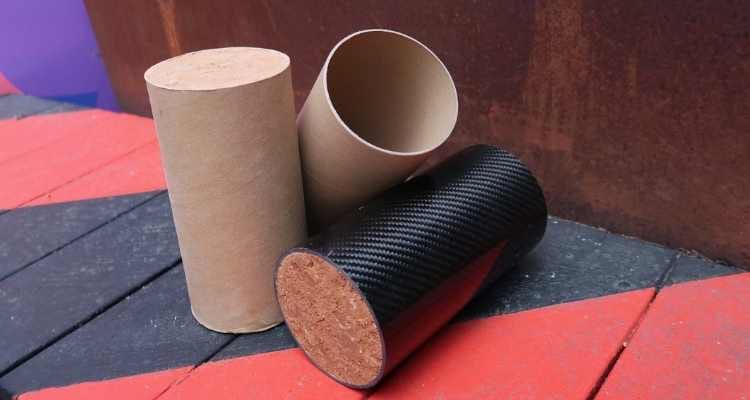
Hemp hits home
Meanwhile, in Tasmania, a different concrete alternative is taking root. X-Hemp, a startup based in Cressy near Launceston, has secured $3.4 million in funding – including $1 million from strategic investment firm Danehill Group – to scale up production of hempcrete.
Hempcrete is a bio-composite made from industrial hemp, lime and water and is known to be non-toxic, fire-resistant, termite-proof, and carbon-negative. As the hemp plant grows, it absorbs CO2, which remains trapped in the final material.
Hemp-X’s product has already been used in projects like the University of Tasmania’s award-winning Forestry Building and in an off-grid house featured on Grand Designs Australia.
X-Hemp,which was founded in 2020 by Andi Lucas and has grown to a team of eight women, supplies materials for commercial and residential projects. The startup sources its hemp fibres and manufactures its building products locally in Tasmania.
Lucas said X-Hemp planned to use the funding to meet rising demand for sustainable building materials by increasing its production, growing its farming network, and adding staff.
John Murray of investor Danehill Group described X-Hemp’s approach as a solution to both the housing crisis and the environmental footprint of construction.
“It is important to our family to be contributing to an environmentally sustainable and gender-equal future and we are thrilled to be partnering with Andi and her team at X-Hemp,” he said.
Cardboard-confined rammed earth combines soil, water, and cardboard tubes or moulds to create walls suitable for low-rise construction. The soil mixture is compacted into cardboard cylinders where it dries and hardens, gaining structural integrity. Unlike conventional rammed earth, no cement is required. Hempcrete is made by blending the woody core of industrial hemp with lime and water. The result is a breathable, insulating material mainly used in walls, though it can also be used in floors and roofs. As hemp grows, it sequesters carbon, making the material carbon-negative across its lifecycle.
Related stories
